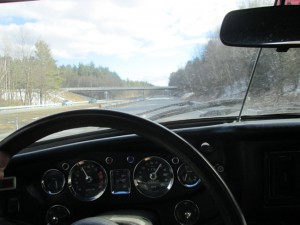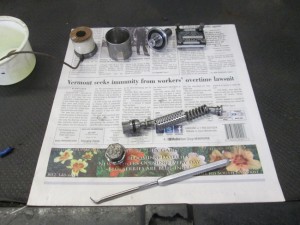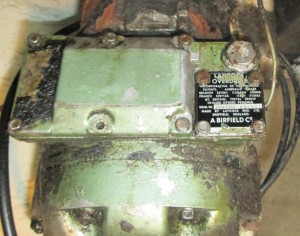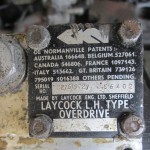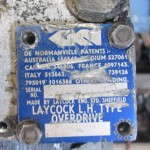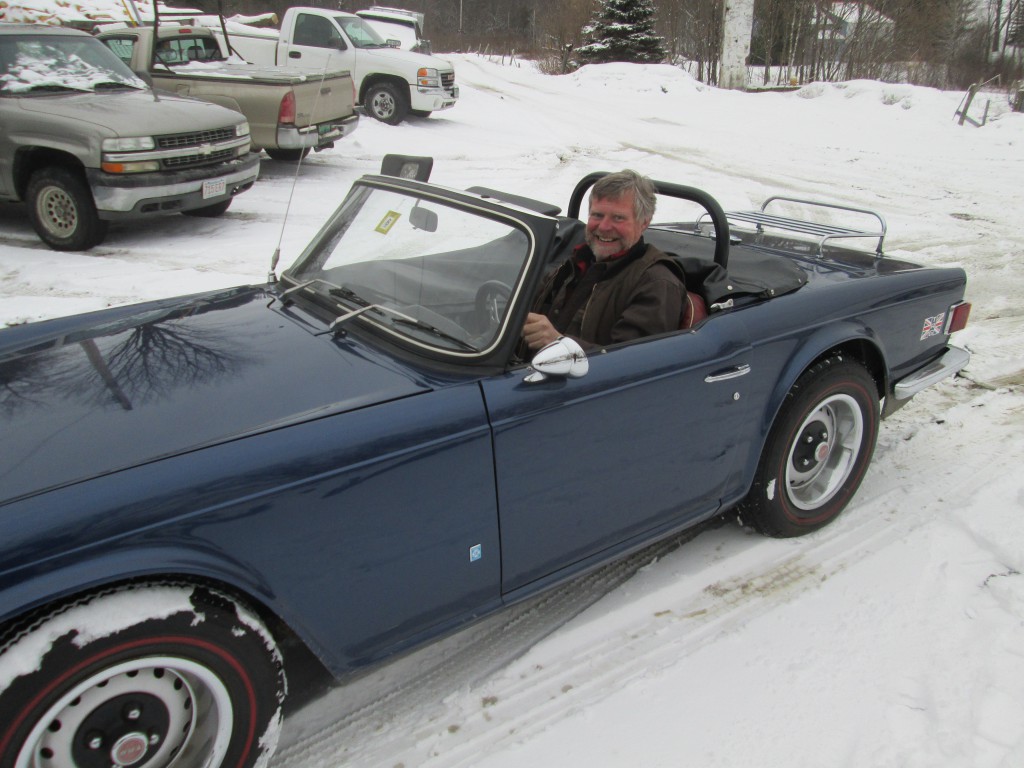Weather conditions were suitable for road testing Tuesday, so I was able to run-in some miles on the uprated engine in this MGB. Results for the engine were highly satisfactory. But in direct drive I was encountering a freewheeling condition in which the engine would return to idle when I took my foot off the gas. With the overdrive engaged in top, however, everything was fine.
Cor’ Blimey, this felt for all the world like a slipping cone clutch in the O/D.
Without getting too technical, an overdrive has a cone clutch. When spring pressure clamps the cone clutch against the brake ring in the overdrive maincase, you effectively lock the mainshaft to the annulus (or output shaft) and have direct drive thru the TX. Flip the overdrive switch, and hydraulic pressure overcomes spring pressure and the cone clutch is now locked on the annulus
This action allows the so-called “planet gears”, which are toothed to the I.D. of the annulus, to speed things up a bit giving you “overdrive”.
Now, logic tells us that there’s a short period of time when there’s no cone clutch contact at all, but this is compensated for by a “sprag” (or ‘one-way’) clutch splined on the TX mainshaft that grips a hardened ring in the center of the annulus maintaining the drive. It works just like the pull cord in your power lawn mower. I was guessing a bad clutch band on the direct drive side, this is an ‘engine out’ repair, but first I thought I’d pull the operating valve and solenoid and
clean them. Well, shazaam ! That did the trick. Apparently the bleed-off from the overdrive hydraulic circuit was restricted somehow.
Always look for the simple solutions first. I had told the owner to prepare for hard & heavy tidings because it seemed like a sure bet that the overdrive was coming out. Now I owe him money.
The reason this particular overdrive is Healey Green is because it is an MGC gearbox. The MGC uses the same LH unit as the MGB, but with heavier clutch springs.
Around 1938 Birfield Industries acquired the Hardy Spicer Company, as well as the assets of the Laycock Engineering Company. In turn, Birfield was bought up in 1967 by Guest, Keene & Nettlefolds, aka “GKN”. The solenoid cover plates provide a quick identification. Early units are tagged “A.Birfield Co.”, followed shortly thereafter by a “GKN” identifier. Late MGB overdrives have blue solenoid covers, and, I believe, a slightly increased reduction ratio.
You might have noticed that the solenoid cover plate orientation relative to the operating valve isn’t consistant in these pictures. It’s our belief that on the MGC overdrive it’s correct, but functionally, it doesn’t make a darn bit of difference.

